Author’s Mission Statement: It is my hope that SHE’S LIKE A RAINBOW will promote peace and understanding among people of different cultural and ethnic backgrounds. My aim is to stimulate discussion on everything we have in common as human beings regardless of our particular heritage. We are all connected.
Tuesday, September 19, 2017
Virtual Tour + #Giveaway: She's Like a Rainbow by Eileen Colucci @GoddessFish
She's Like a Rainbow
by Eileen
Colucci
GENRE: Young
Adult Magical Realism
BLURB:
So begins Reema Ben
Ghazi’s tale set in Morocco. Reema awakes one morning to find her skin has
changed from whipped cream to dark chocolate. From then on, every few years she
undergoes another metamorphosis, her color changing successively to red, yellow
and ultimately brown. What is the cause of this strange condition and is there a
cure? Does the legend of the White Buffalo have anything to do with it? As Reema struggles to find answers to these
questions, she confronts the reactions of the people around her, including her
strict and unsympathetic mother, Lalla Jamila; her timid younger sister, Zakia;
and her two best friends, Batoul and Khalil. At the same time, she must deal
with the trials of adolescence even as her friendship with Khalil turns to
first love. One day, in her search for answers, Reema discovers a shocking
secret – she may have been adopted at birth. As a result, Reema embarks on a
quest to find her birth mother that takes her from twentieth-century Rabat to
post-9/11 New York.
Reema’s humanity
shines through her story, reminding us of all we have in common regardless of
our particular cultural heritage. SHE’S LIKE A RAINBOW, which will appeal to
teens as well as adults, raises intriguing questions about identity and
ethnicity.
Author’s Mission Statement: It is my hope that SHE’S LIKE A RAINBOW will promote peace and understanding among people of different cultural and ethnic backgrounds. My aim is to stimulate discussion on everything we have in common as human beings regardless of our particular heritage. We are all connected.
Excerpt:
We were not very strict Muslims. We
did not pray five times a day, nor did we go to Mosque every Friday (though we
did attend on all the Aids or Holy Days, to celebrate the Sacrifice of Abraham,
the end of Ramadan, and such). Zakia and I emulated Mother and did not cover
our heads. As she got older, Mother took to praying and began to wear a head
scarf whenever she went out, removing it at home, leaving it on in her shop.
She did not insist that we begin wearing one however. Since Zakia and I went to
the French Mission schools, we did not receive religious instruction as part of
the regular curriculum like our cousins who went to Moroccan schools did. To
fill this gap, Mother hired a tutor who came once a week to teach us the Koran
and to supplement the mediocre Arabic lessons provided at school.
Mother had several copies of the
Koran. There was one, wrapped in gift paper that she kept in her room. I had
come upon the sealed package one day when I was about seven and, not knowing
what was inside, I had torn the golden wrapping to have a peek. Afterward, when
I’d asked Mother why she kept an old Koran that was falling apart, she had
scolded me severely and boxed my ears. She told me that Father had brought the
holy book back from the Haj and had carefully wrapped it in order to preserve
it.
Needless to say, we did not use this
book for our lessons. Instead, Haj Brahim (he was addressed as “Haj” because
he, like Father, had made the pilgrimage to Mecca) would take down the large,
heavy Koran from the top shelf in the book case and try to help us understand
the verses. When this failed, he would settle for having us memorize them.
Not content to just recite the words
without understanding their meaning, I had convinced Mother to buy a version
that had the Arabic on the left side with the French translation on the right.
This was the book that I used for my private prayers and to search for an
explanation for my multiple transformations.
I was not having much success
however and decided I must talk to Haj Brahim about it. I didn’t want to ask
him in front of Zakia, so I would have to choose my moment carefully.
One afternoon, Haj Brahim showed up
a little early for our lesson. Mother showed him into the sitting room and
asked Naima to make some tea. Zakia was having a shower because she had
participated in a race at school that day (that she’d lost, of course). Seizing
the opportunity, I slipped into the room and gently closed the door.
Haj Brahim was a portly man, in his
sixties and decidedly bald. He was an old acquaintance of Father’s who had
helped Mother settle the inheritance after Father died. Mother was in a
predicament as a widow with only daughters. In the absence of a male heir,
Father’s three brothers had tried to wrest as much as they could, but Haj, who
was an expert in Islamic law and connected to one of the Mosques in Rabat, had
made sure that Mother’s rights, however limited, were protected. (Those rights
would have been even more limited had Father not already taken several
precautions while still alive, such as putting many of the deeds and wealth in
Mother’s name.)
I cleared my throat and Haj, who sat
leaning back on the sofa with his hands folded in his lap, looked over at me
and smiled. As always, he wore a little white skull cap that he only removed
now. I began hesitatingly to describe my problem. Haj must have been aware of
my transformations as he’d been giving us lessons since I was nine and still
“Reema, The Palest One of All.” He had never mentioned anything about my
“condition” though. He listened carefully as I timidly described my tormenters at
school, mother’s failure to sympathize, and my personal doubts as to God’s role
in all this. I stopped abruptly when Naima brought the tea and placed the tray
in front of me.
Using the knitted mitt, I grasped
the silver teapot and poured some tea into one of the crystal glasses. Then, I
poured the tea back in the pot and served us both. I glanced at the clock.
Zakia would be coming in any minute and my chance would be lost. Haj nodded
subtly, as if he understood my urgency, and went to get the Koran from the
shelf. He put on his reading glasses, then took them off and wiped them with
the cloth napkin that Naima had given him.
He paused before putting them on
again and recited to me, “’Endure with patience, for your endurance is not
without the help of God.’ God presents us all with different challenges, Reema.
You must have patience and His wisdom will be revealed to you. All in good
time.”
“But, why Haj? Why is God doing
this? Making my skin change color all the time like I’m some kind of freak.
What have I done wrong?”
Without answering, he opened the
book to the very end and read me a verse:
As time passes,
Everyone suffers loss
Except those who believe
and do good deeds and urge one
another to be true
and to bear with courage the trials
that befall them.
I could hear Zakia coming down the
stairs. I quickly noted the page so that I could go back to it later.
Haj closed the book and said softly
to me, “You are young, Reema. What seems like a great ‘trial’ today may not
seem so terrible later on. You are a good girl. Just be brave – and patient.”
He patted me lightly on my hand.
Somehow, it did not feel patronizing or dismissive. The butterfly touch of his
fingers gave me hope.
Interview
with Eileen Colucci
What inspired you to
write SHE’S LIKE A RAINBOW?
A
major theme running through the novel is the legend of the White Buffalo. This
legend was actually the inspiration for the story. I read an article about
Miracle, a white buffalo calf that was born on a South Dakota farm to
black/brown parents. I learned that white buffalos are very rare but that, due
to some strange phenomenon, other species, such as tigers, whales and turtles,
were also experiencing white young being born. The white buffalo calf would not
remain white, but would turn various colors – black, yellow, red and finally
brown. Some Native American tribes believe that Miracle and other white buffalo
are sacred and symbolize all the different races of humanity.
As
I was reading, an idea was born. What if a human baby was born white to black parents?
What if her skin repeatedly changed color as the legend of the White Buffalo
played out on the human stage? From these questions, Reema’s story grew.
As
with my first novel, SHE’S LIKE A RAINBOW is also inspired by my Mission
Statement: I hope that my books will promote peace and understanding among
people of different cultural and ethnic backgrounds. My aim is to stimulate
discussion on everything we have in common as human beings regardless of our
particular heritage. We are all connected.
Can you tell us a
little bit about the next books or what you have planned for the future?
SHE’S
LIKE A RAINBOW is not the first book of a series. It stands alone. I am hoping
to start working soon on my third novel, but I am waiting for inspiration. In the
meantime, I am planning to write some essays for publication. I am working on
one now about having my dear father’s vintage Gibson guitar restored more than
forty years after he died.
Can you tell us a
little bit about the characters in SHE’S LIKE A RAINBOW?
SHE’S
LIKE A RAINBOW is magical realism. As such, I had a lot of freedom creating the
characters. They are totally made up unlike in my first novel, THE STRINGS OF
THE LUTE, which is about a mixed Moroccan-American couple and, while fiction, is
loosely based on my own experiences.
Reema,
the main character and narrator of the story, and her friends and family are
Moroccan. I hope that my readers will find their voices authentic. Although
Reema is Moroccan, she experiences many of the things all teenagers, regardless
of their ethnicity, go through: alienation, anxiety, identity crisis, and just
plain wishing to be “normal” and like everyone else. The challenges that Reema
faces are similar to those that confront any young person. Her changing skin
tones could be compared to a disability or any condition (underweight or
overweight, for example) that causes a person to feel like an outsider and to
be the object of ridicule and bullying.
Among
the other characters are Reema’s mother, Lalla Jamila, who is very strict with
her and treats her differently than her younger sister, Zakia. Reema seeks
comfort with her two best friends and classmates, Batoul, a Moroccan girl, and
Khalil, a Dutch-Moroccan boy. The three
are inseparable. As Reema struggles with her strange skin condition and the
trials of adolescence, her friendship with Khalil turns to first love,
threatening her friendship with Batoul.
As
Reema matures, she comes to terms with her skin color and her ethnicity. She
says on page 171, “If my transformations had taught me anything it was that my
ethnicity was literally not skin-deep. Over the years, I had always kept my
“Moroccan-ness”: it was in the food I ate and the way I ate it; in my beliefs
and prejudices; in my very being thanks to my upbringing and daily environment.
No matter what my physical attributes might be … I would always be Moroccan.”
In this respect, Reema strives to “feel good in her own skin,” something we can
all relate to, no matter our culture or heritage.
You know I think we
all have a favorite author. Who is your favorite author and why?
This
is a hard one because there are so many “favorites.” But, if I had to choose
one it would be J.D. Salinger, author of my favorite book of all time, THE
CATCHER IN THE RYE. For me, this is the ultimate coming of age story: a
teenager, grappling with the death of a sibling and fearful of losing his
sister, reaches a crisis, flees the school from which he has been expelled, and
goes on a road trip. As he tries to make sense of his life, Holden Caulfield
epitomizes teenage angst and alienation and does so with much humor. When I
first read CATCHER for school, I was a teenager like Holden and totally
identified with him and his disdain for all the “phonies” out there. Many years
later, my teenage son was reading it for school and I picked it up and reread
it. It was a totally different book. This time I identified with Holden’s
mother (who was mostly absent from the actual narrative), experiencing it as
the parent of a troubled child, my heart going out to him and wanting to absorb
his pain. A while ago, I purchased a digital copy of this book (my paperback
copy having nearly disintegrated) so I could always have it and reread it at
will.
I
would just like to mention my favorite poet, Khalil Gibran, author of THE
PROPHET. He is a constant inspiration for me (the epigraph and title for my
first novel are from one of his poems) and source of comfort.
If you could
time-travel would you travel to the future or the past? Where would you like to
go and why would you like to visit this particular time period?
I
would like to travel back to New York in 1951 and meet J.D. Salinger for
coffee. We would talk about his book, THE CATCHER IN THE RYE, which was just
published. I have so many questions I would like to ask him, such as which
writers influenced his work and which ones he most admired. The question I
could not ask him though because it would be reaching into the future is why he
stopped publishing novels after CATCHER. He did release some short story
collections before he stopped publishing definitively and it is rumored that he
wrote as many as five other novels in his later years. But, I would like to
know why he did not share them with us. Did he fear they were not good enough?
Was the success of CATCHER too much to live up to? Salinger was an infamous
recluse and I don’t know if he would even want to go for coffee with me. But,
as in the Woody Allen movie, MIDNIGHT IN PARIS, it is a writer’s dream to meet
up with legendary authors and just sit and chat with them like ordinary people.
Just like the protagonist in that film though, I would remain in that time
period only long enough to get to know my literary idol and then return to the
present.
Do you have any little
fuzzy friends? Like a dog or a cat? Or any pets?
I
have a three and a half year-old chocolate Labrador Retriever named Phoebo.
Since his name is so unusual, I’d like to explain its origin. The son of a
friend of mine has a female chocolate Labrador that I got to know when staying
with them and her name is Phoebe. My husband and I thought of her when we got
our puppy and since he was a male we changed the last letter to “o.” Phoebo loves playing Frisbee (he catches it
in his mouth), having his belly rubbed and eating treats. Growing up, I was
afraid of dogs at one point and allergic to them at another. Fortunately, I
outgrew those issues and love spending time with Phoebo. He is as great a
comfort as Khalil Gibran.
Thanks for taking
time out of your busy schedule to visit with us today.
AUTHOR Bio and Links:
A native New Yorker, Eileen Colucci has been living in Rabat with
her Moroccan husband for the past thirty-plus years. She is a former teacher
and recently retired after twenty-eight years as a translator with the U.S.
Embassy, Rabat. Her articles and short stories have appeared in various
publications and ezines including Fodor's Morocco, Parents' Press, The New
Dominion and Expat Women. SHE'S LIKE A RAINBOW, which was recently published,
is her second novel.
Colucci holds a BA in French and English from the University at
Albany and an MA in Education from Framingham State University.
When not writing, Colucci enjoys practicing yoga, taking long
walks and playing with her chocolate Labrador Retriever, Phoebo. Now that she
and her husband have four grandchildren, they spend as much time as possible in
Virginia with their two sons and their families.
Buy links:
Giveaway:
$10 Amazon or B/N GC
Follow the tour and comment; the more you comment, the better
your chances of winning.
Subscribe to:
Post Comments (Atom)















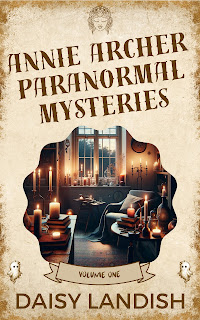

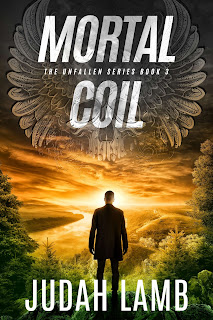









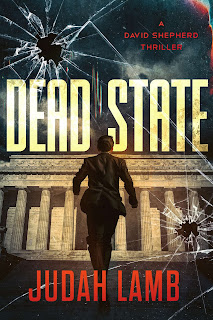

















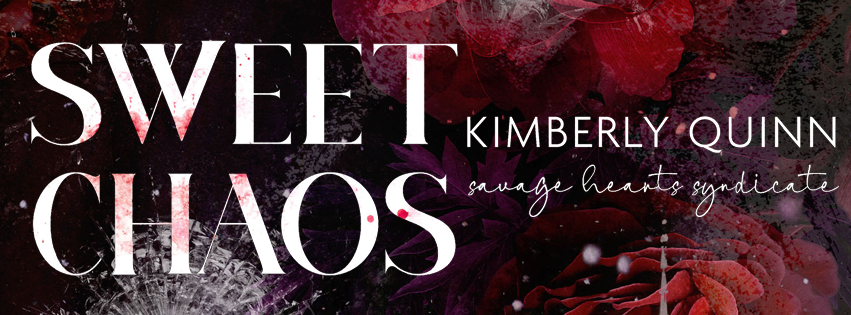



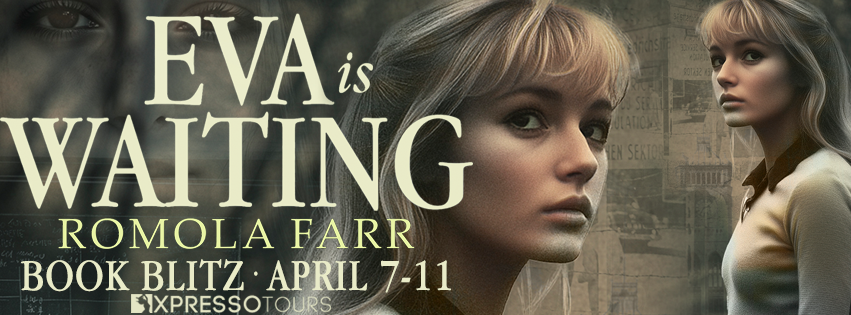





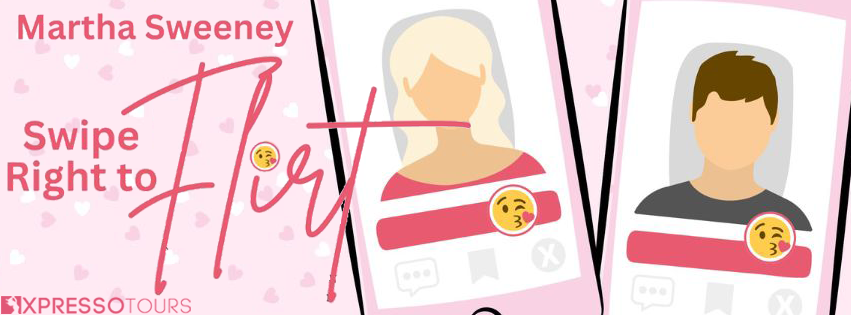














































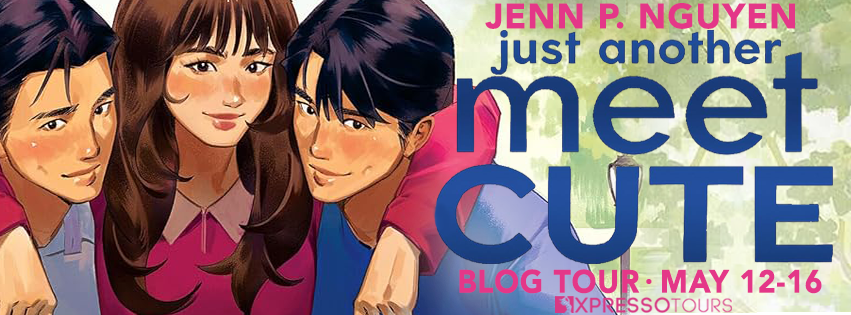




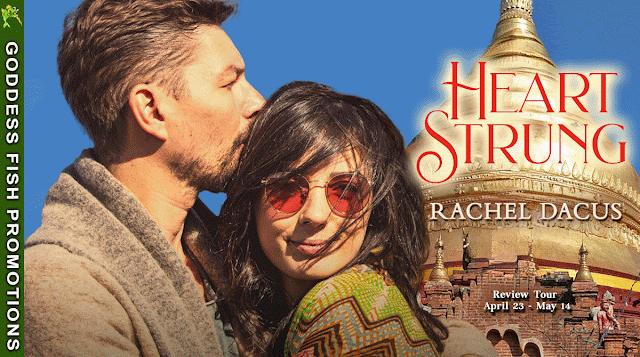











14 comments:
Thanks so much for hosting me, Nancy. I appreciate your support!
Thanks, James. Hope you enjoy the book!
Thanks for reading, Lisa. Hope you enjoy the book!
Great post! :)
Thanks for reading, Victoria!
Who is your favorite literary character of all time? Thanks for the giveaway. I hope that I win. Bernie W BWallace1980(at)hotmail(d0t)com
A great interview thank you.
Hi, Joseph! My favorite character is Holden Caulfield from my favorite book of all time, The Catcher in the Rye. For me, Holden is the quintessential young adult.
Hi, Mary! Thanks for reading.
Sounds Incredible!
I like the premise. Wouldn't it be awesome (and frightening) to have your skin change ever so often? Looking forward to reading.
Hi, Jodi! Thanks for reading.
Hi, Katieoscarlet! Thanks for your interest and hope you enjoy the book.
Thanks, Gwendolyn!
Post a Comment